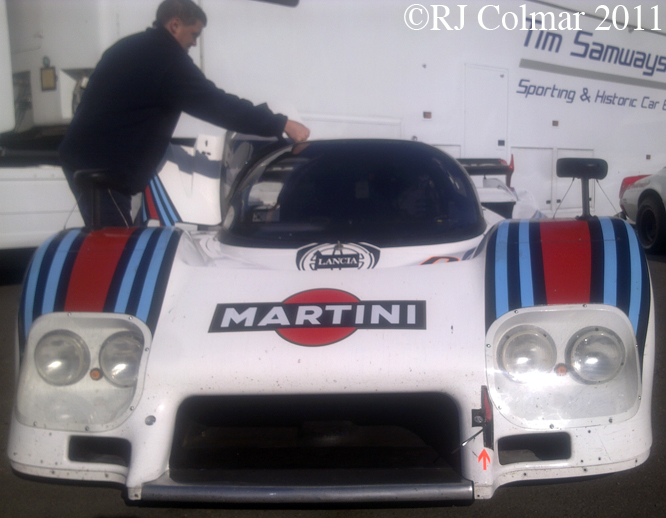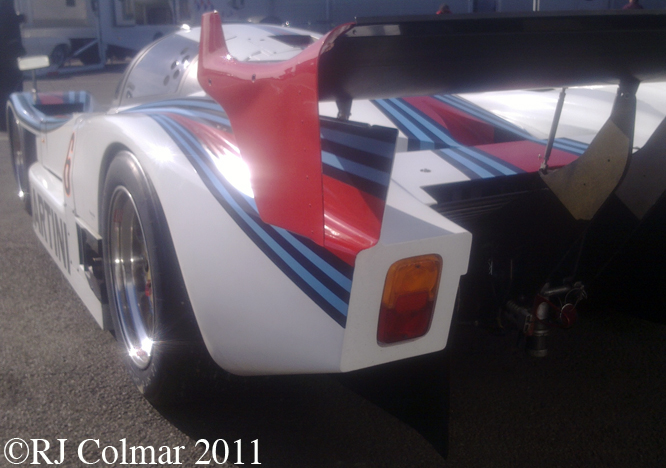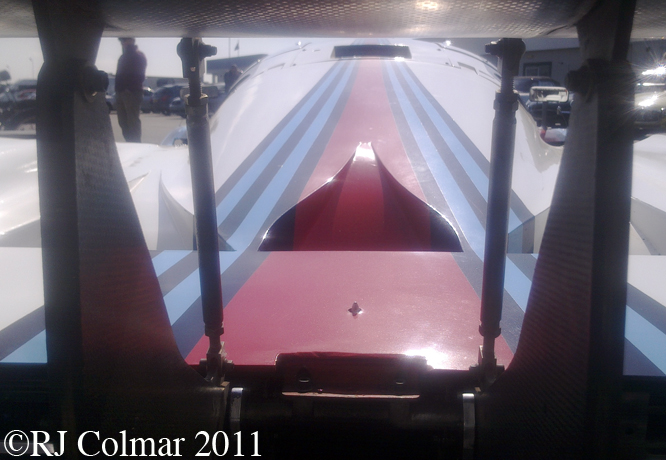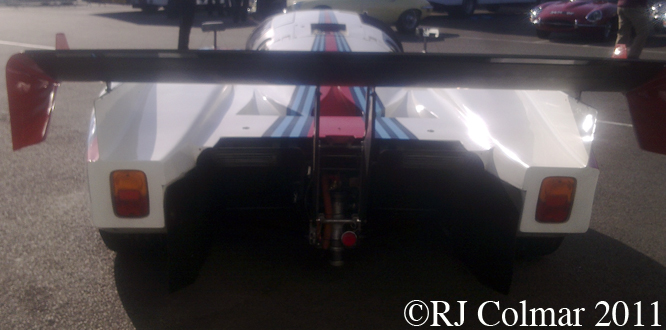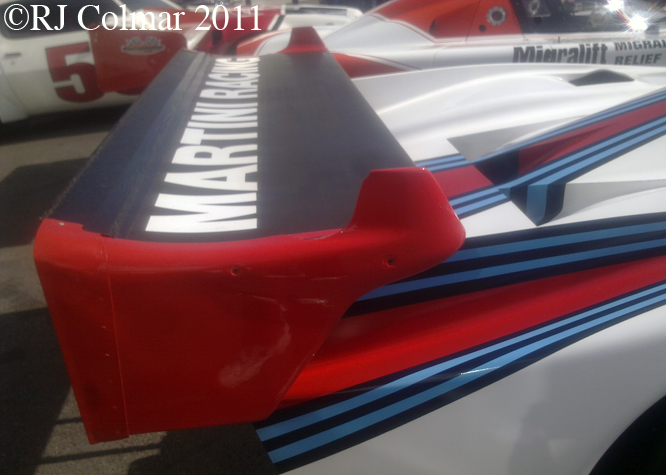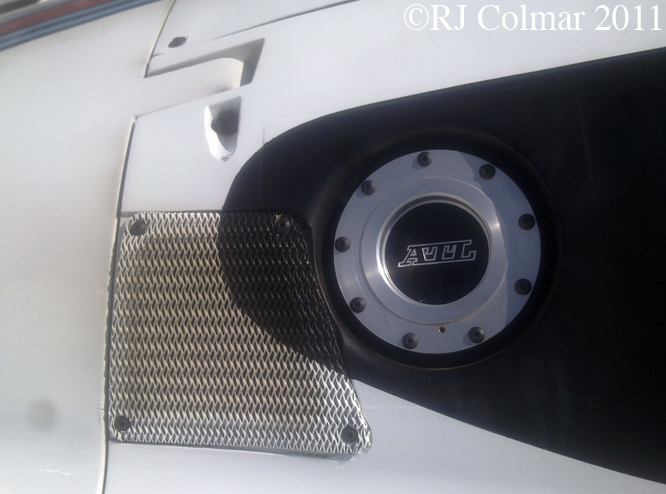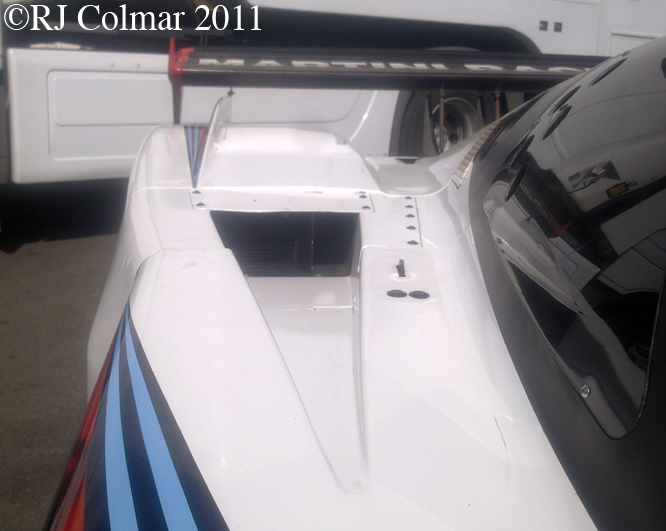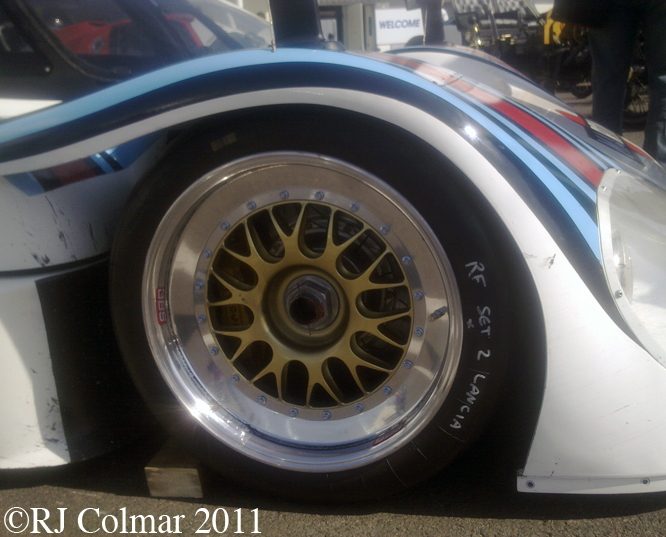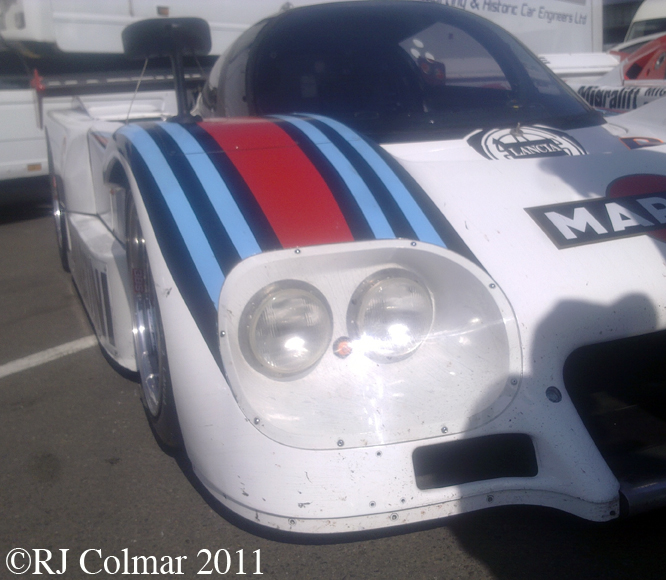Today I am starting a series of three consecutive blogs on cars that competed in the Group C World Endurance Championship, during the 1980’s I had the good fortune to follow the Group C World Endurance Championship for sports cars from it’s inception through some high’s to it’s eventual death.
The series was for closed 2 seater racing vehicles weighing a minimum 800 kgs / 1760 lbs with the only restriction on the engine being fuel consumption. The cars were expected to race for 1000 kms / 621 miles on 600 litres / 131.87 of fuel. It was soon realised by participants that they needed to run vehicles with around 600 hp to go the distance with the available fuel.
This endurance fuel mileage racing series did not always produce the most riveting races though it was certainly had a few outstanding ones, but something about the endurance and fuel consumption formula appealed to me and the cars looked absolutely fabulous.
History will recall the early years 1982 – 1987 were dominated by Porsche with only token resistance from today’s car the Martini Lancia LC2 which was first raced in 1983. Lancia had tried to steal the 1982 World Endurance Championship for Drivers by building the LC1 to older group 6 regulations that only had one year of eligibility.
Not only did Lancia driver Riccardo Patrese come up short by 8 points to Porsches Jacky Ickx, but Lancia also in the process lost a whole years development on their Group C challenger to the all conquering Porsche 956 that Jacky Ickx had been driving.
The first problem the Lancia LC2 faced in 1983 was inferior Pirelli radial tyres which could not take the strain of the ground effect downforce generated by the aerodynamic venturi at the back of the car. The cars proved quick in qualifying but to add to the problems at Lancia the twin turbo Ferrari V8 motors could not back the speed up with reliability.
To cure the tyre issues the LC2’s ran with Dunlop cross ply tyres in 1984, this necessitated a change in suspension geometry. The cars were fast in qualifying as they had been in 1983 but the Speedline wheels were now not up to the job. Again the cars were fast in qualifying but rarely reliable over a race distance.
For 1985 Lancia switched back to radial construction tyres now supplied by Michelin, the Dallara built aluminium chassis were widened with a pronounced step in the side bodywork.
Again the cars were quick in qualifying but the Ferrari engines were unreliable. Though the team did score it’s one and only victory over the works Porsche team at Spa in a race that was called early out of respect foe Stefan Bellof who had been killed in the event. At the following race at Brands Hatch it looked like the Lancia team might score another victory over the works Porsche team when the two leading Lancia’s inexplicably hit it each other causing sufficient delays for the works Porsche to win again.
The Martini Lancia LC2’s only appeared in a couple of races in 1986 before they withdrew from road racing completely. With just one win against the main opposition and a couple of win’s when the works Porsche team were not present the works Martini Lancia effort was justly reflected in three 2nd place finishes from 1983 – 1985 in the World Endurance Championship behind the mighty Porsche team.
This 1985 car features a slippery nose that was only ever seen at Le Mans.
Next weekend there will be a race for Group C cars at the Silverstone Classic in which this Lancia is scheduled to take part, I hope to be there it should be a magnificent event.
Hope you have enjoyed today’s Martini edition of ‘Gettin’ a lil’ psycho on tyres’ and that you will join me again tomorrow when I’ll be taking a look at a Group C challenger from Germany. Don’t forget to come back now !

